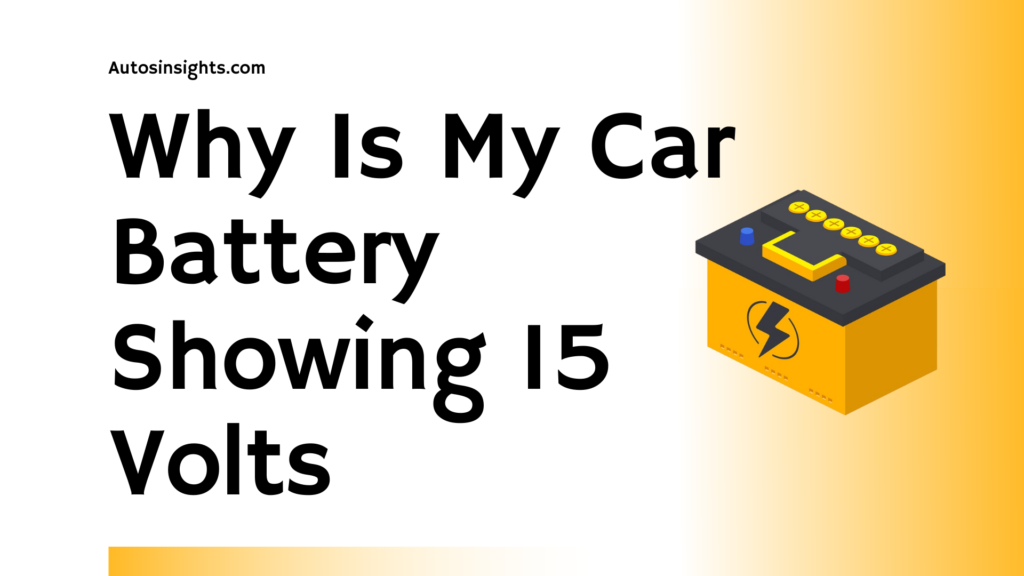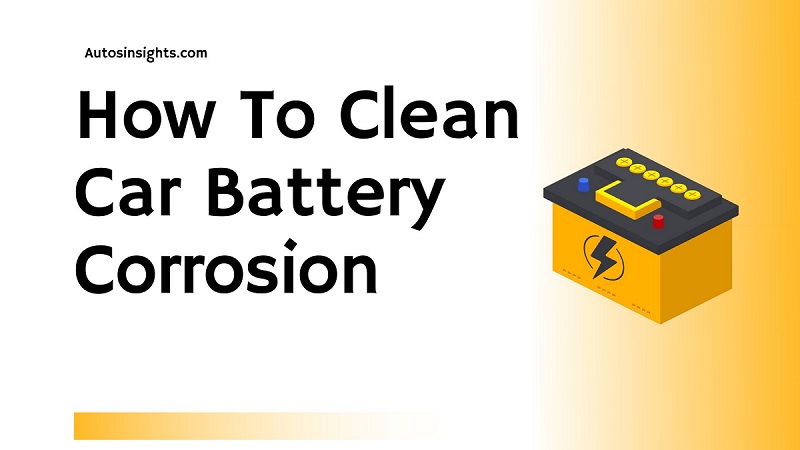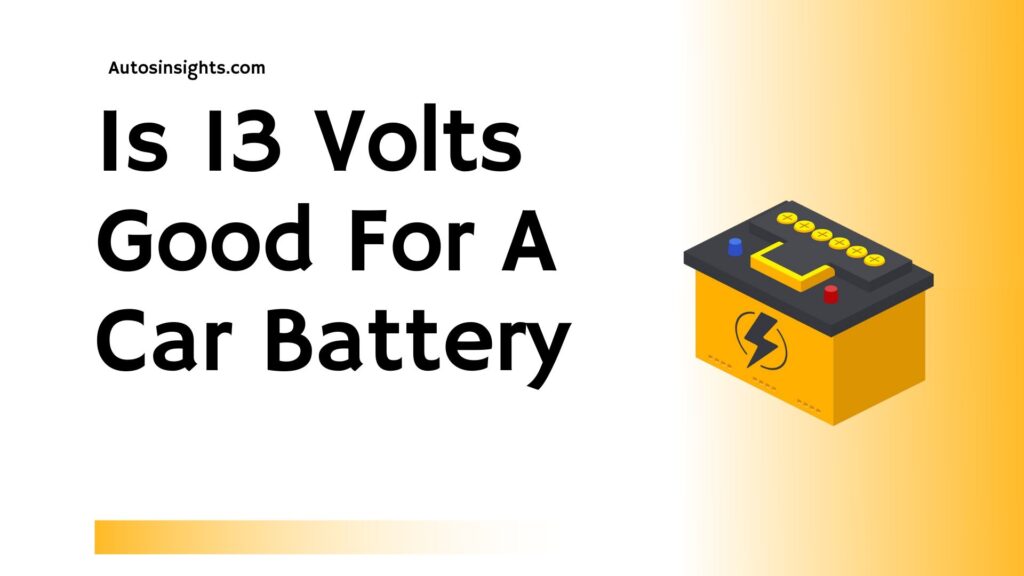An alternator may fail due to various reasons.
- It could be due to a loose battery connection.
- A dead battery can also be the cause of the failure.
- Or the alternator may fail due to mechanical reasons.
This article will tell you how to check a loose battery connection. I will also explain about the alternator. Then you can decide the reason for the alternator failure.
Before starting, one piece of advice for all. Always check the battery connections whenever you face a car starting issue.
How can you tell that the battery cable is loose
- Knowing that the car battery cable is loose is easy. Follow these steps to diagnose and fix the loose battery cable issue.
- Turn off the engine, if it was on already and open your vehicle’s hood.
- Examine the battery cables.
- Try to move the battery cables by hand. If anyone of them or both are moving, that means they are loose.
- If the cables are loose, use a wrench to tighten the cable clamp on the battery terminal.
- Check the other end of the cables as well. Ensure they are also securely connected to the alternator and starter.
- Check by turning the engine on, which should resolve the issue.
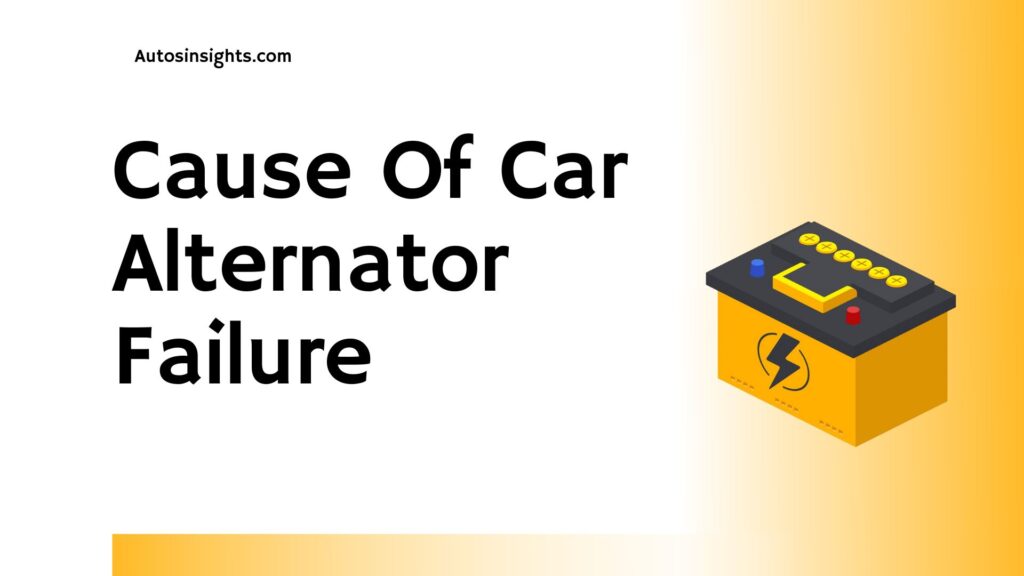
What are the signs of loose battery cables
The cables connect your vehicle’s electrical system to the battery. At one end, battery terminals attach battery cables. That means battery terminals are vital components. Due to this reason, these components need heavy-duty metal for their manufacturing. They are low electrical resistance like lead but are conductive metals.
The vehicle’s electrical system suffers from any problem with either of these terminals. In this situation, I recommend servicing the vehicle to fix the problem.
So how do you know the signs of a bad battery terminal?
Some visible signs warn you of any potential problems. Symptoms like difficulty starting the car and losing power during driving.
Visible signs of bad battery terminals
The battery terminals are the backbone of the whole electrical system in a vehicle. You observe the following signs, which warn you of a problem with the terminals.
Car starting problem
The primary sign of a loose battery terminal is that the car won’t start. When you turn on or push the ignition button, you will only hear a long crank. The vehicle won’t start. This crank means the chances are that the battery has a loose terminal connection.
Dim headlights

Dim headlights are another sign of a loose battery terminal. The battery won’t be able to supply full power to the vehicle’s electrical system. As a result, headlights and other electrical systems might not work efficiently. Headlights may fade, and the dashboard may grow dim. When the power supply is regular, all electronic components should work. So, this is another sign of a battery terminal problem.
Battery corrosion
Battery corrosion is the most visible sign of a loose battery terminal. Please read my article “How to clean car battery corrosion”. I have explained the reasons for battery corrosion and its remedy in the article. I tell you to inspect regularly the battery terminals for any sign of corrosion. If you see corrosion buildup, you have a battery terminal or cable problem to solve.
Intermittent power loss:
Loose battery cables can cause the vehicle’s electrical system to lose power. This power loss may result in flickering lights, a weak horn, and the dashboard may grow dim. When the power supply is regular, all electronic components work smoothly.
If you notice these signs, ask a mechanic to immediately check the battery and cables. Loose battery cables can cause damage to your vehicle’s electrical system. So it’s best to address the problem early.
We have read a lot about the battery. You must think the battery is your vehicle’s primary power source. The reality is the battery also depends on another mechanical part, the alternator. It is the actual primary source of your vehicle’s power. The battery is there to provide support to the engine to get started. But the battery also needs charging to support the engine. The alternator is that critical component which charges the battery. Without charging, the battery is powerless, and so is your vehicle.
The alternator
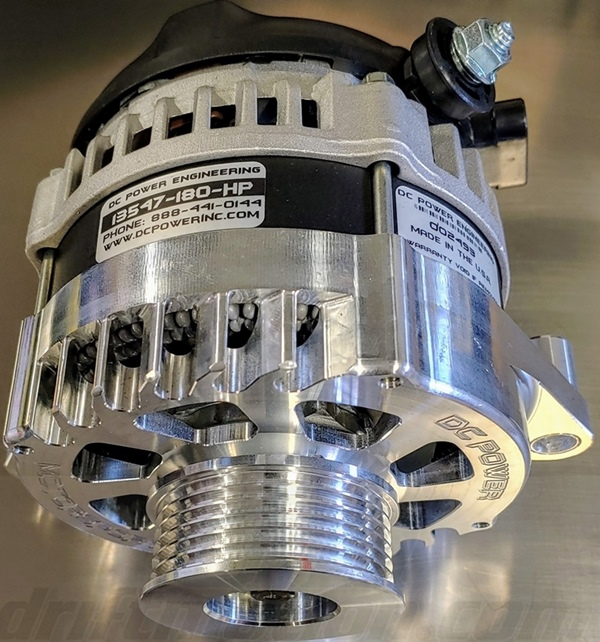
The automobiles till the 1960s used DC dynamo generators with commutators. Later on, the alternator with silicon-diode rectifiers replaced those generators. The purpose of these rectifiers was to convert AC into DC.
The demand for the induction of more electrically operated accessories was rising. This demand forced the manufacturers to make replacements to meet the demand.
An alternator is an electric generator used in modern vehicles. It charges the battery and powers the vehicle’s electrical system. All this happens only when the engine is running.
Advantages
Alternators have various advantages over dynamos.
High output
Alternators are capable of producing higher levels of electrical output than dynamos. This capability makes them more suitable for modern vehicles.
Greater efficiency
Alternators are more efficient than dynamos. They can convert more mechanical energy into electrical energy without wasting heat.
Longer lifespan
Alternators have a longer lifespan than dynamos. They have fewer moving parts, which reduces the chance of mechanical failure.
Smaller size and lightweight
Alternators are smaller and lighter than dynamos. The reduced size makes them more suitable for modern vehicles.
Better voltage regulation
Alternators have better voltage regulation than dynamos. They ensure a more stable electrical power supply.
Easier maintenance
Alternators need less maintenance, reducing the cost of vehicle maintenance.
Alternator composition
The alternator charges the battery. It also powers the electrical system while the engine is running. The main components of an alternator include:
Rotor
The rotor is the spinning part of the alternator. The engine drives the rotor through a belt or pulley. It is a magnetic material in nature and has a series of windings. When an electric current flows through the rotor, it produces a magnetic field.
Stator
Stator has a series of windings that produce electrical energy when the rotor rotates. A metal housing mounts it, and the vehicle’s electrical system connects it.
Rectifier
The rectifier is a set of diodes that convert the alternating current (AC) into direct current (DC). This DC charges the battery and powers the vehicle’s electrical system.
Voltage Regulator
The voltage regulator controls the output voltage of the alternator. It ensures that voltage stays within a specific range. It monitors the battery’s voltage and adjusts the alternator’s output.
Bearings
The bearings support the rotor and allow it to rotate. There are usually two bearings, one at each end of the alternator.
Slip Rings
Slip rings transfer electrical energy from the rotor to the stator. A conductive material made them connect to the rotor windings.
Brushes
Brushes help transfer electrical energy. It moves from the slip rings to the rectifier and voltage regulator. They are made of carbon and are in contact with the slip rings as the rotor rotates.
These components work together to generate electrical energy and regulate its output. This mechanism ensures charged battery and powers the electrical system of the vehicle.
What happens when your car battery terminals are loose
Loose car battery terminals can cause a variety of problems for your vehicle: Loose terminals can stop your car from starting or make starting difficult. This problem is due to the loose connection, which is not providing enough power to the starter motor.
It can damage the internal components of the battery and reduce its lifespan. Moisture can seep in through loose terminals, causing corrosion to build upon them. Corrosion can cause further connectivity issues and reduce the lifespan of your battery.
Loose terminals can also cause the battery to overheat. It can be dangerous and cause damage to your vehicle.
Do I have to tighten the battery terminals?
Loose battery terminals can cause various issues. For example, difficulty starting the engine, electrical malfunctions, battery damage, corrosion, and overheating.
Consult a professional mechanic if you need clarification on tightening the battery terminals.
Why do my battery terminals keep corroding?
Battery terminals can corrode due to a variety of reasons:
Moisture can cause the battery terminals to corrode over time. The battery produces acid. The acid builds up around the terminals and causes corrosion.
If the battery terminals do not clean, they can rust. As the battery ages, it may leak acid and become more susceptible to corrosion.
Please read my article “How to clean car battery corrosion” for further detail. You can buy a maintenance free battery that is corrosion resistant.
Which battery terminal should I connect to first?
Connecting the terminals in the correct order is crucial when connecting a battery.
Connect the positive terminal first red terminal is positive with a plus sign (+). Connect the negative terminal second black terminal is negative with a minus sign (-).
Be careful not to let the metal wrench touch any metal parts of the vehicle, as this could cause a short circuit.
Can I put the positive cable on the negative battery post?
The positive terminal on the negative battery post can cause a short circuit. It can result in sparks, smoke, or even an explosion.
Suppose you have connected the positive cable to the negative battery post. Disconnect it immediately. Check it for any signs of damage or melting. Also, check for any melted wires or blown fuses.
A short circuit can cause irreversible damage to the battery or electrical system. So, it is essential to be very careful when connecting cables to a battery. Always double-check the polarity of the terminals before making the connection.
How tight a battery cable needs to be?
Battery cables should be tight enough to connect terminals and the electrical system. Over-tightening the battery cables can cause the terminals to crack or even break.
When tightening, you should pull the nuts enough to prevent cable movement.
What are the common signs of a bad alternator?
The alternator generates electricity and charges the battery while the engine is running. A dying alternator can cause a range of problems:
- Warning light on the dashboard is the most common sign of a bad alternator.
- Lousy alternator causes the vehicle’s lights to flicker or dim.
- The alternator may not fully charge the battery if it is not working. It may eventually become weak or dead, making it difficult to start the engine.
- Bad alternator can cause various electrical problems. For example, malfunctioning power windows, radios and other accessories.
- Burning smell or smoke from the alternator indicates it is overheating.
Why do car battery terminals get hot
Car battery terminals can get hot due to two reasons. If there is poor electrical contact or high resistance in the electrical system. When a battery is in use, the electricity it generates flows through the battery cables.
If the battery cables are loose or corroded, they can cause resistance. This resistance can result in heat buildup at the battery terminals.
A short circuit can cause much current to flow through the battery terminals. This current flow generates heat and causes the terminals to get hot or even melt.
Related Articles:
- What Happen When You Shake Car Battery
- Can I Leave My Car Battery Disconnected Overnight
- Why Car Battery Terminal Stuck
- Car Battery Sloshing Sound
- Car Battery Clicking While Charging
- Can You Touch a Positive Terminal Of A Car Battery
- How Long Does It Take To Change A Car Battery
